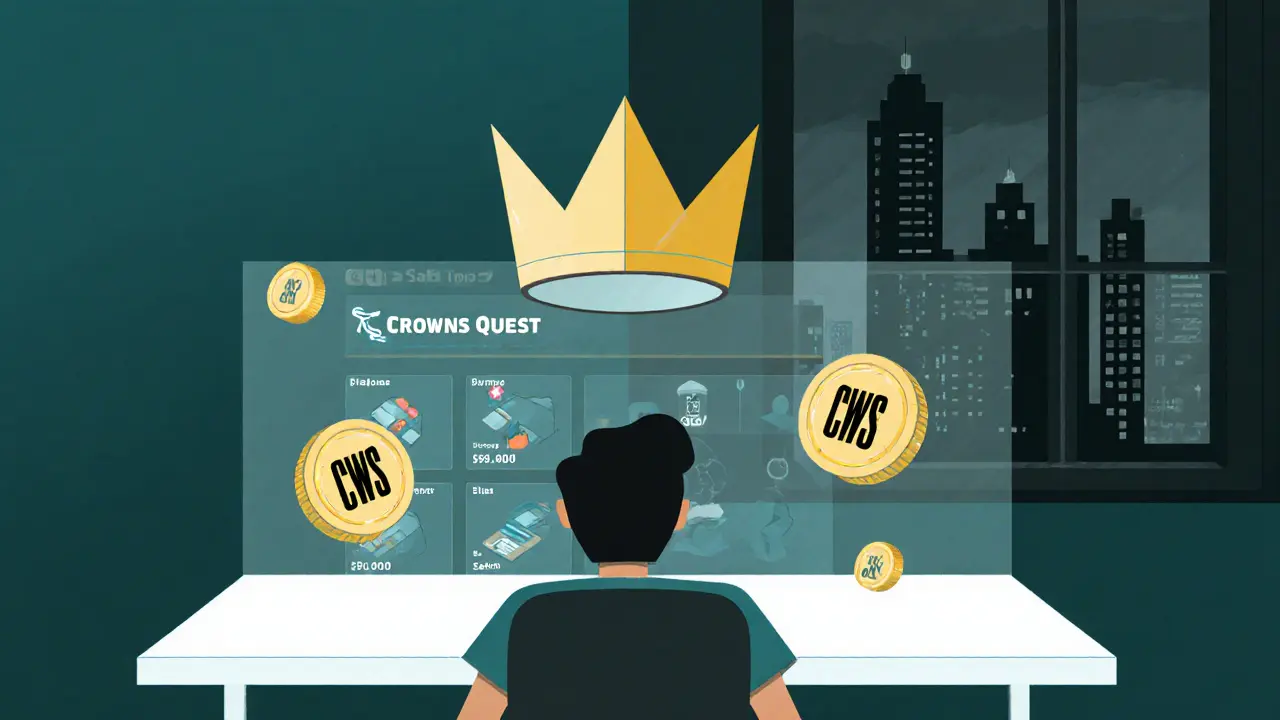Seascape Network: What It Is, How It Works, and Why It Matters in Crypto
When you hear Seascape Network, a blockchain-based platform that connects decentralized gaming, NFTs, and crypto rewards. It's not just another token—it's a whole ecosystem where players earn crypto by playing games, developers build on open tools, and users trade digital assets without middlemen. Unlike traditional games where your skins or items are locked inside one app, Seascape lets you own them as real NFTs that work across multiple games and platforms. It’s built on Ethereum and Binance Smart Chain, so it’s compatible with most wallets and DeFi tools you already use.
Seascape Network includes several key parts: Crown, the native token used for staking, governance, and in-game rewards, NFT games, a growing list of play-to-earn titles built on its infrastructure, and Liquidity Pool, a system that lets users earn rewards by locking up tokens to support game economies. These pieces work together to create a self-sustaining loop: players earn tokens, use them to buy NFTs, stake them for more rewards, and help fund new games. That’s why it’s different from meme coins or one-off airdrops—it’s designed to keep running, not just spike and crash.
What you’ll find in the posts below isn’t just hype or price charts. These are real breakdowns of how Seascape’s games actually work, what happened with its token distribution, and whether its rewards are sustainable. You’ll see posts about fake airdrops pretending to be tied to Seascape, how its NFTs compare to other blockchain games, and why some users walked away after the initial rush. There’s no sugarcoating here—just facts about what’s working, what’s broken, and what you need to know before jumping in.
Seascape Crowns (CWS) Airdrop: How It Worked, What Happened, and Where It Stands in 2025
Seascape Crowns (CWS) had a small airdrop in 2021 for early community members, but no public claims were ever open. Today, CWS trades at $0.1364 with low liquidity and no major exchange listings. The token still works in Seascape games, but its future is uncertain.
learn more